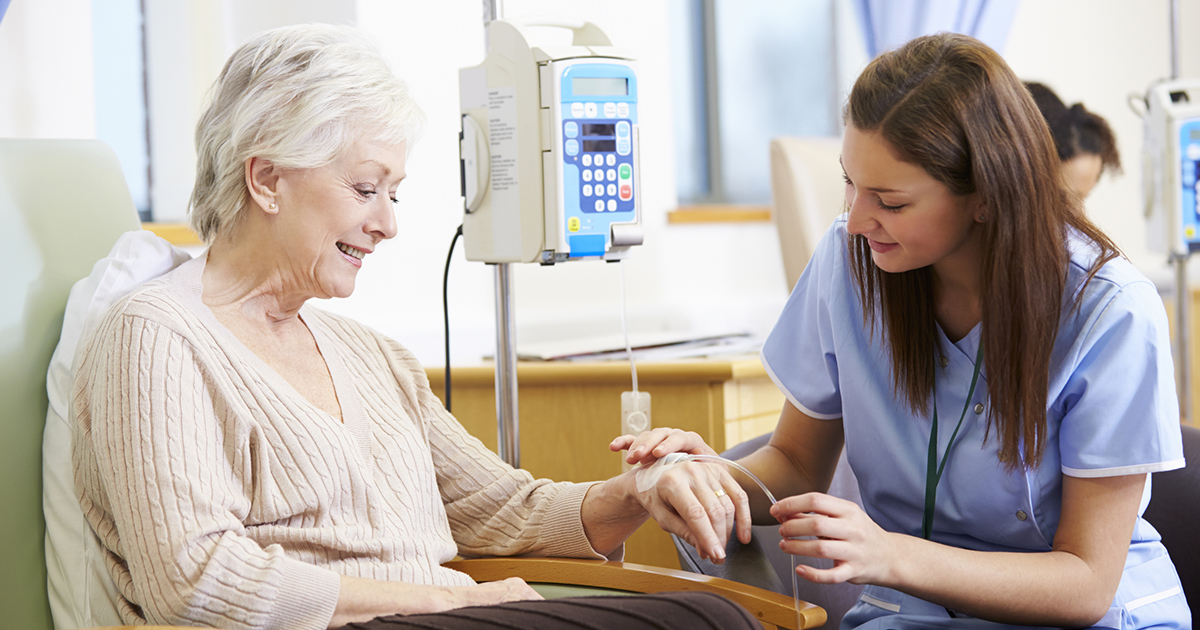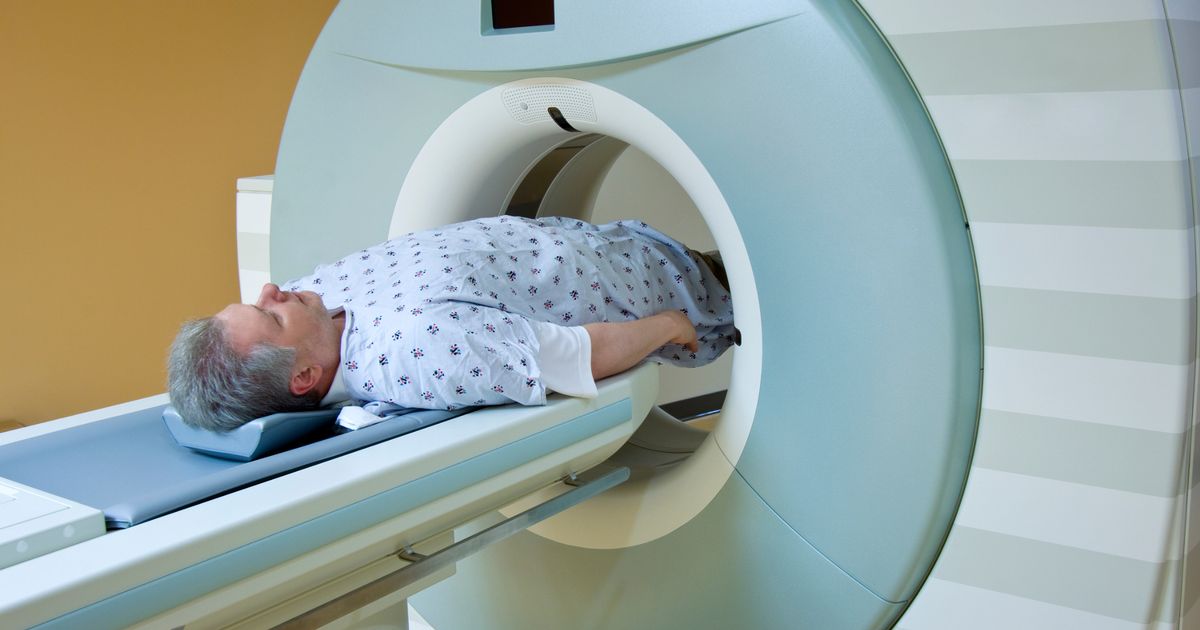How To Treat Cowden Syndrome
Cowden syndrome is a condition characterized by the development of numerous hamartomas at multiple different sites in the body. Cowden syndrome occurs in individuals who inherit genetic mutations in the tumor suppressor gene referred to as the PTEN gene. Individuals who have Cowden syndrome have a significantly higher risk of developing numerous types of cancer, including thyroid cancer, breast cancer, melanoma, colorectal cancer, kidney cancer, and endometrial cancer than unaffected individuals. Cowden syndrome patients also commonly experience macrocephaly, noncancerous tumors of the hair follicles, hamartomatous polyps, and papillomatous papules around the mouth. Multiple hamartomas on the body tend to show up by the time the patient reaches their second decade of life.
Despite the complications of Cowden syndrome, there are numerous options available for treatment. Get familiar with them now.
High-Risk Cancer Screening
A Cowden syndrome patient will need to have high-risk cancer screening as part of their treatment plan to ensure early detection of any potential malignancy. High-risk cancer screening should begin at five years before the age of first cancer diagnosis in the patient's family or at eighteen years, whichever comes first. An individual who has been diagnosed with Cowden syndrome will also need to have an annual thyroid ultrasound exam beginning at the time of their diagnosis. Colonoscopies for the screening of bowel cancer should begin at thirty-five years old and be performed every five years unless the individual is presenting with symptoms or the age of component cancer diagnosis in a family member was before thirty-five. A renal ultrasound to screen for kidney cancer should be performed every one to two years beginning at forty years old. Women should have breast examinations starting five years before the age of the youngest breast cancer diagnosis in the family or at twenty-five years old, and they should repeat every six to 12 months. Breast MRI and mammograms should be performed yearly in an affected individual starting at thirty years old. Women who have Cowden syndrome should have random endometrial ultrasounds or biopsies once a year, beginning at thirty years old.
Keep reading to learn more about treating Cowden syndrome now.
Cancer Treatment

Cowden syndrome patients may need to undergo cancer treatment, should any precancerous or cancerous lesions be detected during routine high-risk cancer screening. The most common forms of cancer to occur in individuals affected by Cowden syndrome are thyroid gland cancer, breast cancer, and endometrial cancer. The first part of cancer treatment when it comes to these forms of cancer is the surgical excision of the cancerous lesion and a considerable margin of healthy tissue around the tumor or tumors. Most initial malignant tumors in Cowden syndrome patients can be surgically resected, but some may require radiation therapy before surgery to shrink the tumor and make it easier to remove. Radiation therapy uses beams of high energy particles or x-rays to damage the DNA inside of cancerous and precancerous cells. This mechanism causes these cells to die or be unable to grow and spread. For Cowden syndrome patients who develop cancer that cannot be cleared by surgical excision alone, systemic chemotherapy may be needed. Chemotherapy is the use of drugs to kill off rapidly dividing cells in the body.
Get more information on how to treat Cowden syndrome now.
